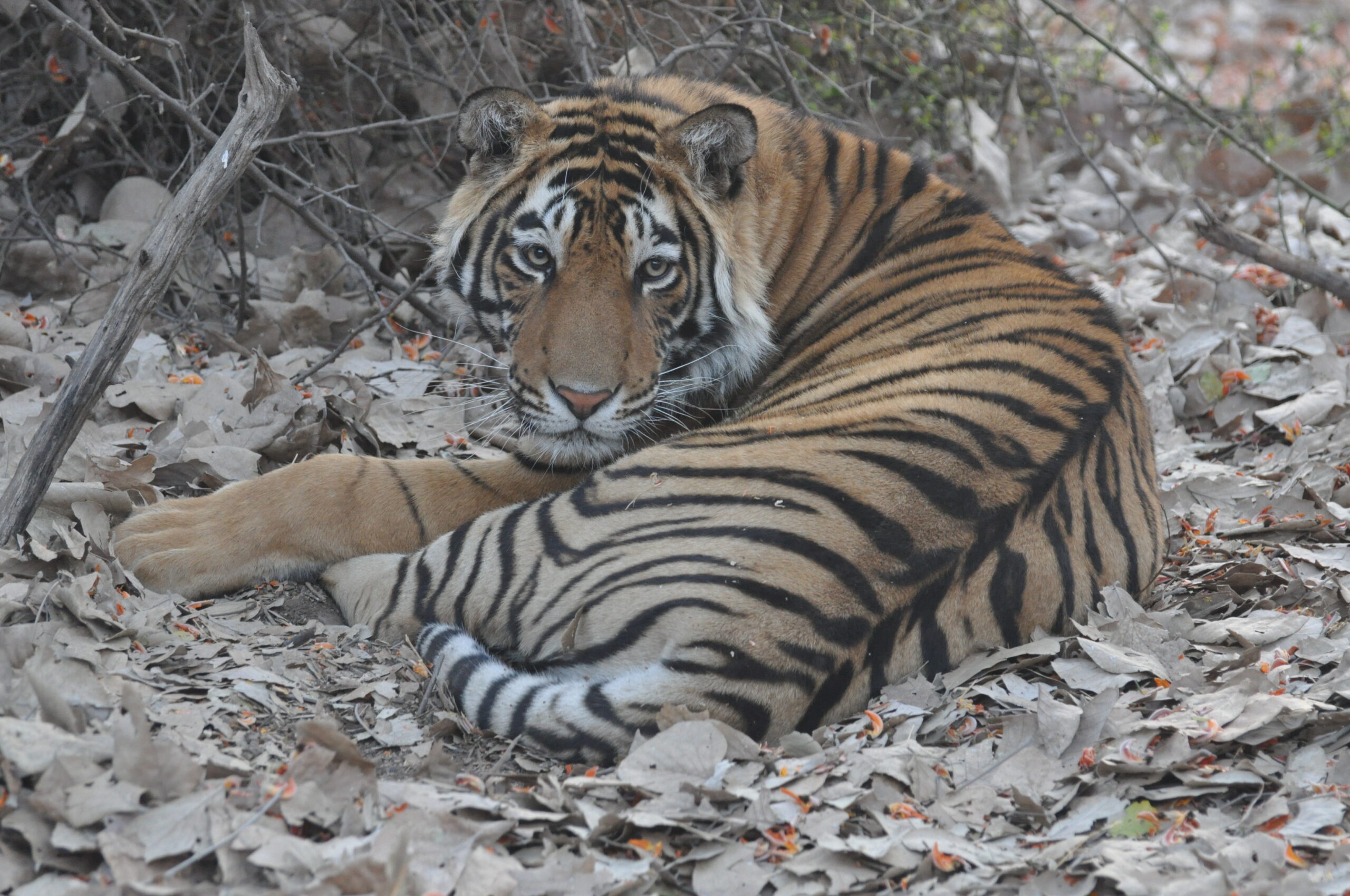I am proud to appreciate that my colleagues have proven how distance – edit – management should be actively executed. So the 3rd Conservation Times is in hands, thanks to all the editors on board, led by Ed J McCrea based in USA(details are on the last page). It is devoted to Tiger, India’s National Animal. A species as charismatic as India is? Looks like, first time the economics of Tiger Reserves has been outlined with startling , nay questionable, approximate data on cash-flows. Another dimension to conservation as I like to laud initiative of Dr. Madhu Verma, who piloted first study of its kind in the world, while she taught at the Indian Institute of Forest management (IIFM), Bhopal, an autonomous body set up by India’s Ministry of Environment Forest and Climate Change. Excerpts from the study are presented in this issue. Fifty Tiger Reserves in India today which at start of this challenging mission in 1973, were only nine. Phenomenal success, it has been hailed as. Behind it are the forest authorities who have to be constantly on heels to face ongoing man-wildlife conflicts, village communities suffering the most, and receiving almost nothing out of massive proceeds accruing out of Tiger sightings. Think of the day when all 50 Tiger Reserves will answer the questions being raised over their performance. MoEFCC has listed 600+ National Parks and Sanctuaries in India. They are capable to generate a new revenue – incalculable as it is today to estimate. If India is able to set out a new equation between Conservation and Tourism. Is it a big if? No, it is not. downstream districts of Uttar Pradesh (Rs 1.61 billion) and water purification services to the city of New Delhi (Rs 550 million). Other important services emanating from Corbett include generation of employment for local communities (Rs 82 million), provision of habitat and refugia for wildlife (Rs 274 million) and sequestration of carbon (Rs 214 million). Kanha Tiger Reserve A typical geo-physiographical representative of the Central India Highlands, Kanha is internationally renowned for successful conservation of two endangered wildlife species, viz. the Royal Bengal Tiger and the Central Indian Barasingha. It is estimated that the Kanha Tiger Reserve (KTR) provides flow benefits worth Rs 16.5 billion (Rs 0.80 lakh/hectare) annually. Import ant e cosyst em s e rvi c e s originating from KTR include genepool protection (Rs 12.41 billion), provisioning of water to downstream r egions (Rs 558 million) and provisioning of fodder in buffer areas (Rs 546 million). Other important services emanating from Kanha include recreation value (Rs 384 million), provision of habitat and refugia for wildlife (Rs 319 million) y and sequestration of carbon (Rs 219 million). Kaziranga Tiger Reserve Kaziranga is a World Heritage Site inhabited by the world’s largest population of one-horned rhinoceros. In addition, it also supports the population of tigers and elephants. It is estimated that the Kaziranga Tiger Reserve (KZTR) provides flow benefits worth Rs 9.8 billion (Rs 0.95 lakh/hectare) annually. Important ecosystem services originating from KZTR include habitat and refugia for wildlife (Rs 5.73 billion) and gene-pool protection (Rs 3.49 billion). Other important services emanating from Kaziranga include recreation value (Rs 21 million), biological control (Rs 150 million) and sequestration of carbon (Rs 17 million). Periyar Tiger Reserve Periyar Tiger Reserve is a representative of the southern western Ghats with high endemism. It is estimated that the Periyar Tiger Reserve (PTR) provides flow benefits worth Rs 17.6 billion (Rs 1.9 lakh/hectare) annually. Important ecosystem services originating from PTR include gene-pool protection (Rs 7.86 billion), provisioning of water to districts of Tamil Nadu (Rs 4.05 billion) and provision of habitat and refugia for wildlife (Rs 3.55 billion). Other important services include generation of employment for local communities (Rs 25 million), water purification services to nearby towns and districts (Rs 483 million) and recreation value (Rs 425 million). Ranthambhore Tiger Reserve Ranthambore is undoubtedly the most popular tiger reserve and marks the TIGER ENTREPRENEURSHIP
By Anand Mishra
President, TWSI,
email: [email protected]
